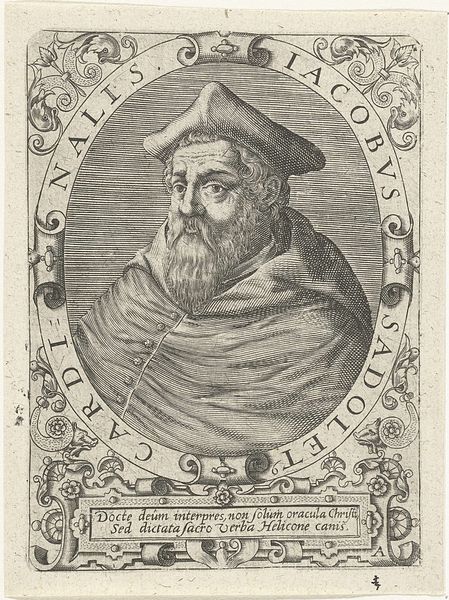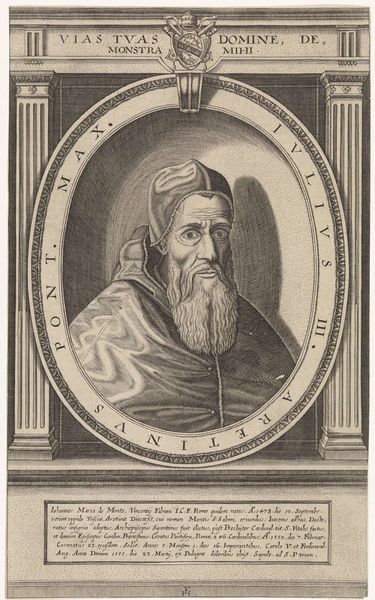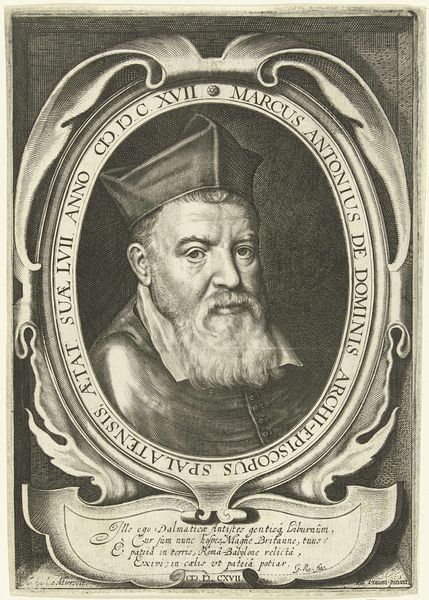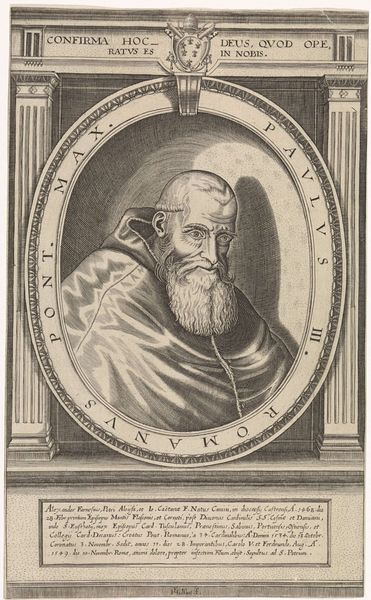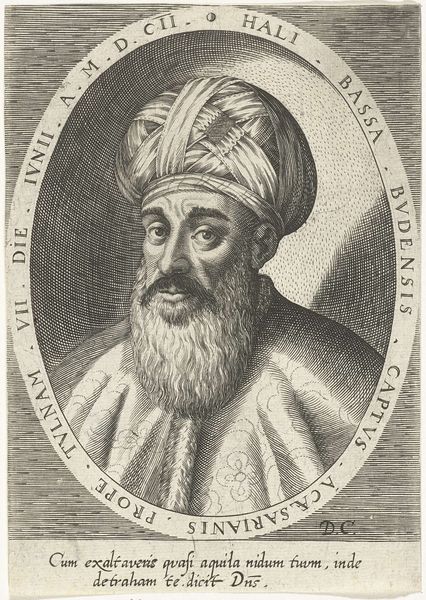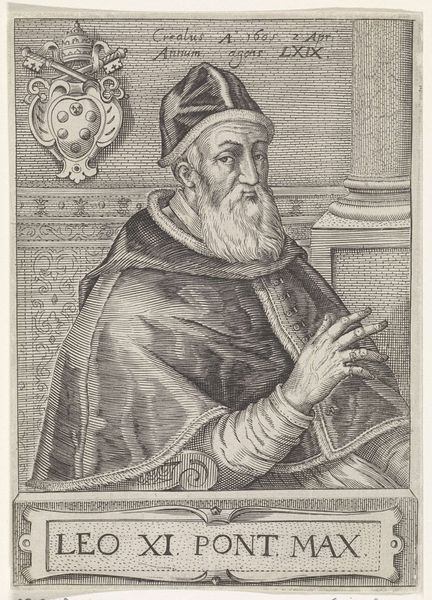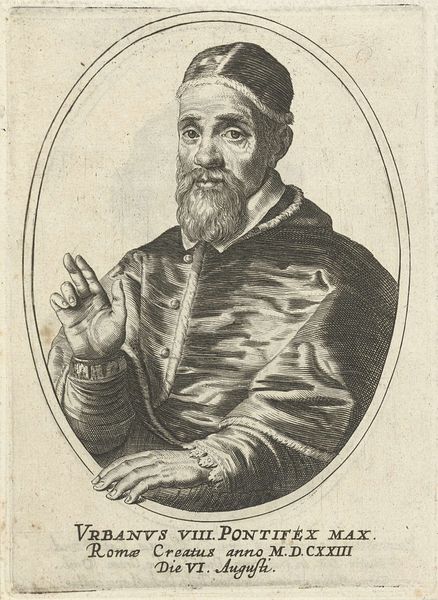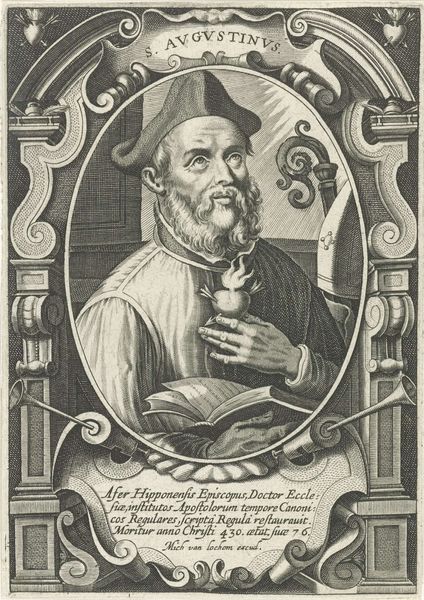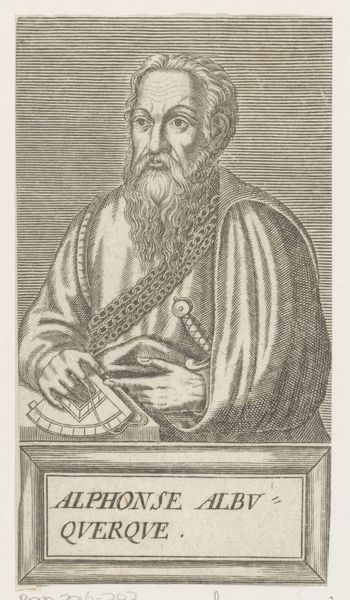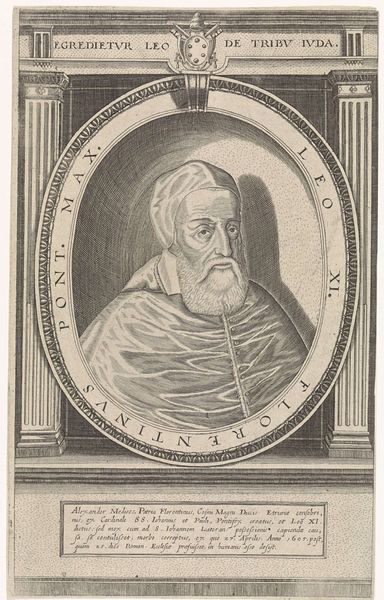
print, engraving
#
portrait
#
baroque
# print
#
old engraving style
#
portrait drawing
#
history-painting
#
engraving
Dimensions: height 168 mm, width 117 mm
Copyright: Rijks Museum: Open Domain
Dominicus Custos made this portrait of Pope Leo the eleventh as an engraving. Here, thin lines are incised into a metal plate, which is then inked and pressed onto paper. Consider the labor involved in creating this portrait. The engraver meticulously carved each line, using specialized tools to achieve varying depths and thicknesses, creating a range of tones and textures. The fine details in the Pope's face, clothing, and beard are achieved through precise, skilled craftsmanship. Prints like this one were essential to the distribution of information and imagery. They allowed for the mass production of portraits, which in turn reinforced the power and authority of figures like Pope Leo. The print medium made the Pope's image widely accessible, but it also transformed it into a commodity. This engraving is not just a portrait of a religious leader. It's also a testament to the labor, skill, and economic forces that shaped its creation and dissemination. It reminds us to consider the social context of art, and to look beyond the surface to understand the deeper meaning embedded in the materials and processes.
Comments
No comments
Be the first to comment and join the conversation on the ultimate creative platform.
